Course information
Short Summary:
This course has been designed to support you in understanding, planning for and using the Washington Group Questions (WGQs) to identify persons with disabilities in humanitarian action.
Course short name:
HI Inclusion Persons Disabilities
Hide course from catalogue: No
Topic: Humanitarian Essentials, Management Essentials, Programmatic Support
Management Essentials: Training design and facilitation
Safety and Security:
Programmatic Support: Information management and technology, Monitoring and evaluation, Programme design
Technical Sectors:
Humanitarian Essentials: Diversity and equality
Language: English
Format: Online self-directed
Provider: Humanity & Inclusion
Region: Global
Compatibility: Tablet, Smartphone
Welcome to the
Collecting Data for the Inclusion of Persons with Disabilities in Humanitarian Action – The Application of the Washington Group Questions
course. This self-paced, four part course will provide you with an understanding of how to plan for and use the Washington Group Questions (WGQs) to identify persons with disabilities in humanitarian action.You will start by learning the approach to understanding persons with disabilities that sits behind this methodology (module 1) and the importance of collecting data on disability (module 2), before uncovering the essential elements of planning and using the WGQs and the data they provide (modules 3 & 4).
This course has been designed based on findings of an action-research conducted by Humanity & Inclusion in Jordan, the Philippines and the Democratic Republic of Congo, to test the WGQs in humanitarian action. Additional resources and tools are also available as part of this course.
This course is also available in French and Arabic.
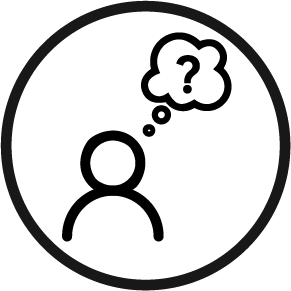
Is this course for me?
This course has been designed as an entry point for humanitarian programme, technical and MEAL staff who want to understand the Washington Group Questions (WGQs) and how they can be best used in humanitarian action.
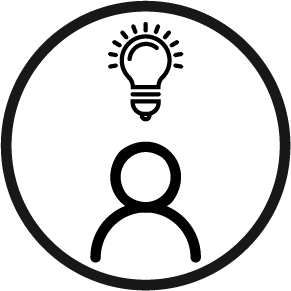
How will I benefit from this course?On completion of this course you will be able to:
Recognise the importance of determining who is at risk of exclusion or restricted participation when identifying persons with disabilities in humanitarian action.
Describe why it is important to collect or use data on persons with disabilities in humanitarian action.
Identify how to access or collect this type of data within the humanitarian programme cycle.
State what are the Washington Group Questions.
Describe the main question sets available, and their different advantages and disadvantages.
Select which question set to use.
Plan for and integrate the questions in humanitarian data collection tools.
Summarise the key attention points for administering the questions.
Detail the steps required to correctly analyse data that is collected using the WGQs.
Explain how to analyse the WGQ data alongside other data that has been collected.
Identify the possible uses of this data in humanitarian programming, how additional data might be required to meet your selected objective.

How long will it take? This course should take you around 2 hours to complete.
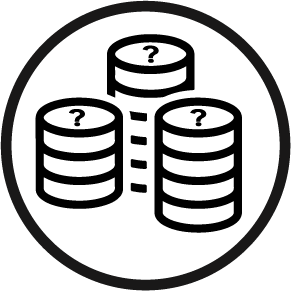
How much does it cost? This course is free!
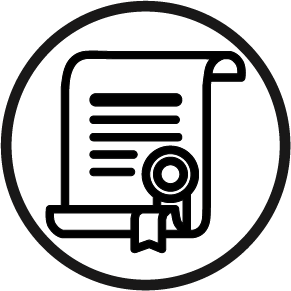
Will I get a certificate at the end? Yes! You will be able to download a certificate once you have have completed all of the modules within the course.
 Accessibility guidance This e-learning has been created to be accessible to all learners wishing to take this course, including on mobile and tablets. The software used to create this course has been extensively tested to give the best level of functioning achievable as of present. For those using screen readers, we would like to advise the following for an improved performance:
Accessibility guidance This e-learning has been created to be accessible to all learners wishing to take this course, including on mobile and tablets. The software used to create this course has been extensively tested to give the best level of functioning achievable as of present. For those using screen readers, we would like to advise the following for an improved performance: Depending on the browser used different screen readers will perform better:
Window users
JAWS is recommended if using Internet Explorer 11.
‘ChromeVox’ is recommended if using Chrome (ChromeVox is a Chrome Extension that can be added to the browser).
NVDA is recommended if using Firefox (NVDA is similar to JAWS, a popular paid for screen reader). Download and install from here: https://www.nvaccess.org/download/
IOS users If using a Mac or Apple device its own built in screen reader called ‘VoiceOver' is recommended. If using Chrome on a Mac ‘ChromeVox’ is recommended.Depending on the browser used different screen readers will perform better.
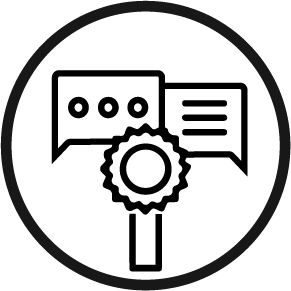
Legal disclaimer

Collecting Data for the Inclusion of Persons with disabilities in Humanitarian Action – The Application of the Washington Group Questions by Humanity & Inclusion is licensed under a Creative Commons Attribution-NonCommercial-NoDerivatives 4.0 International License
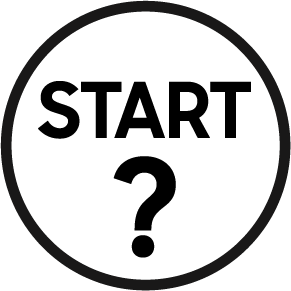 How do I start? Scroll to the top of the page and click on the Join course button. This will take you through to the course page itself. You don't need to complete the course in one go - you can always continue later from where you left off.
How do I start? Scroll to the top of the page and click on the Join course button. This will take you through to the course page itself. You don't need to complete the course in one go - you can always continue later from where you left off.
